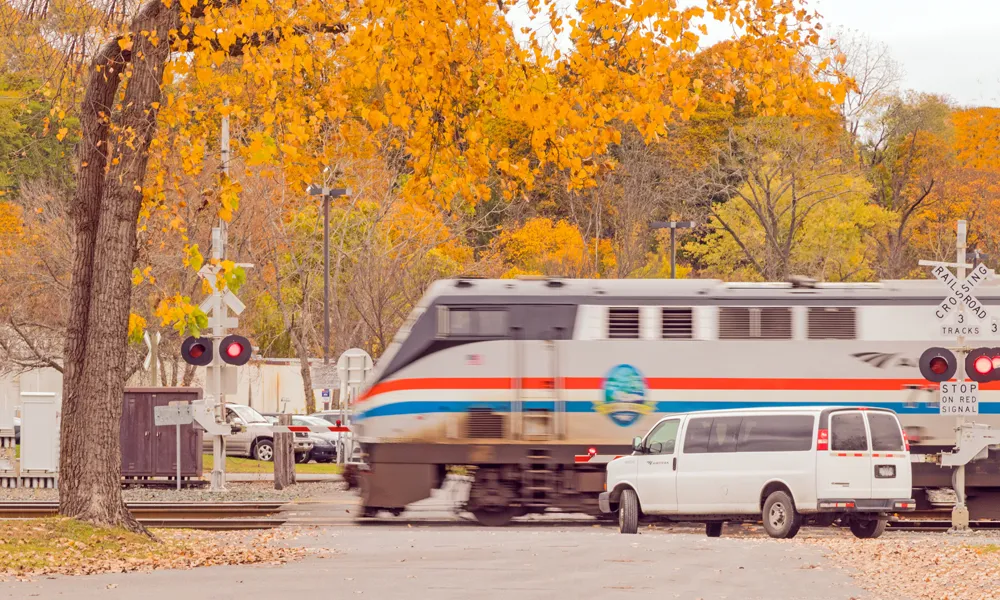Brunswick, Maine, will be the site of an unusual three-year research project involving testing an automated trespasser detection and deterrent systems in high-risk areas along the Pan Am railways and Amtrak Downeaster rail lines, the Maine Department of Transportation has said.
Researchers will install and operate systems that automatically detect trespassers, capture video with wireless cameras and issue recorded warnings to tell them to get away from the tracks. The systems also can be used to alert lo
September 19, 2013
Read time: 2 mins
Brunswick, Maine, will be the site of an unusual three-year research project involving testing an automated trespasser detection and deterrent systems in high-risk areas along the 7503 Pan Am Railways and 2008 Amtrak Downeaster rail lines, the Maine Department of Transportation has said.
Researchers will install and operate systems that automatically detect trespassers, capture video with wireless cameras and issue recorded warnings to tell them to get away from the tracks. The systems also can be used to alert local police.
The project will be funded by a US$200,000 interagency agreement between the Federal Railroad Administration and the324 US Department of Transportation's Volpe National Transportation Systems Center.
Since 2003, ten people have been killed and five seriously injured while trespassing on rail lines in Maine, according to US DOT data. Maine DOT spokesman Ted Talbot said trespassing is a common problem along railroad lines and is illegal and dangerous.
"When they do that, there's an inherent danger," Talbot said.
A 2008 US DOT report, US Automated Railroad Infrastructure Trespass Detection System Performance Guidelines, cited the three most common factors that lead to trespassing incidents as accessibility, poor visibility and short-cut potential.
Researchers will install and operate systems that automatically detect trespassers, capture video with wireless cameras and issue recorded warnings to tell them to get away from the tracks. The systems also can be used to alert local police.
The project will be funded by a US$200,000 interagency agreement between the Federal Railroad Administration and the
Since 2003, ten people have been killed and five seriously injured while trespassing on rail lines in Maine, according to US DOT data. Maine DOT spokesman Ted Talbot said trespassing is a common problem along railroad lines and is illegal and dangerous.
"When they do that, there's an inherent danger," Talbot said.
A 2008 US DOT report, US Automated Railroad Infrastructure Trespass Detection System Performance Guidelines, cited the three most common factors that lead to trespassing incidents as accessibility, poor visibility and short-cut potential.









